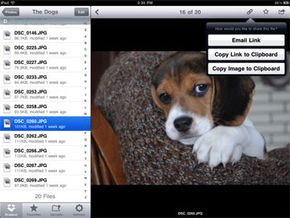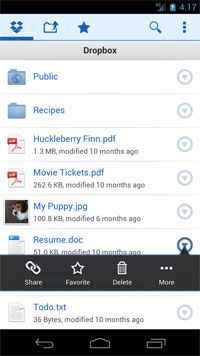You've heard of cloud computing, right?
The concept is simple: I don't have a copy of my favorite Boards of Canada album in the car. I don't keep it shelved next to my living room sound system, and I don't have a copy at the office to pop in my work computer. Heck, I don't even own a physical copy of the album "Music Has the Right to Children." It exists in my life solely as a digital file, one that drifts along from phone to computer to entertainment system, without calling any of them a permanent home.
Advertisement
We live in an age where even our most beloved nuggets of media exist in a digital form, and cloud computing allows us to store a single copy of this data on a remote server. Then we can access it from anywhere.
The Dropbox file hosting service allows just such a cloud-computing scenario. Founded in 2007 by a pair of MIT students, Drew Houston and Arash Ferdowski, Dropbox enables users to sync their files with an online server, which they can then sync with multiple computers. Change a Dropbox document stored on one device and the changes will automatically apply to the document on every linked technology.
In 2012, the company claimed more than 50 million users in 175 countries -- users who make the service their own personal documents folder or media library [source: Dropbox].
And, of course, there's a mobile app version.
Advertisement






